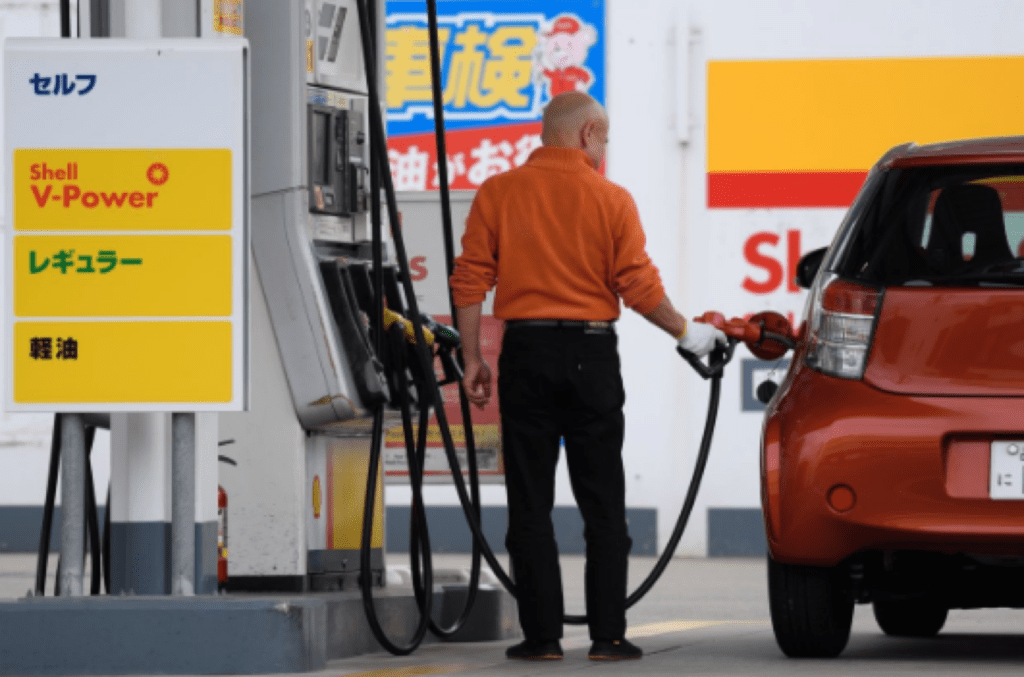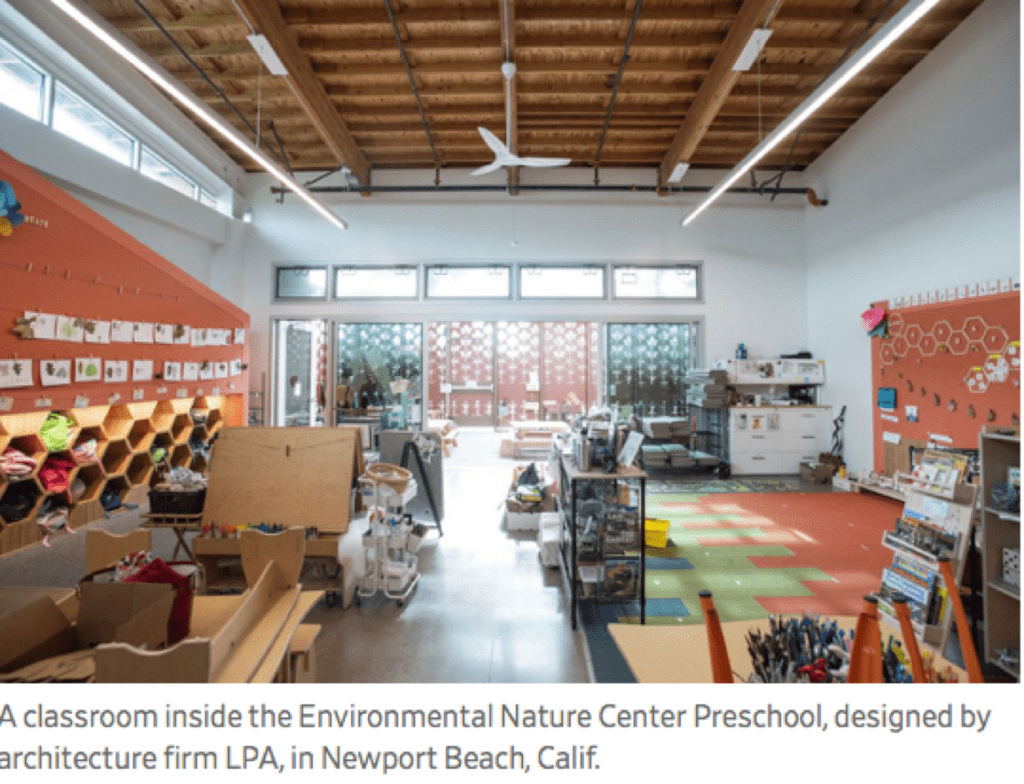Daniel Salzler No. 1083
EnviroInsight.org Six Items January 1, 2021
Feel Free To Pass This Along To Others
If your watershed is doing something you would like others to know about, or you know of something others can benefit from, let me know and I will place it in this Information newsletter.
If you want to be removed from the distribution list, please let me know.
Please note that all meetings listed are open.
Enhance your viewing by downloading the pdf file to view photos, etc. The attached is all about improving life in the watershed. If you want to be removed from the distribution list, please let me know. Please note that all meetings listed are open.
The attached is all about improving life in the watershed.
Happy New Year! (and Good Bye Covid!fingers crosse).

2. Giving And Getting At This Time Of The Year. To most people this is the time of giving material goods and getting material goods. For many, the giving/getting is all over in just a few minutes. The let-down of opening the last gift is driven into your head by a quick glance cross the floor, seeing all of the now empty boxes and the small mountains of gift wrap, strewn across the floor.
Christmas 2020 holiday was at best, weird, strange, different and inconvenient for most. Loved ones were visable only through closed windows, zoom, google meet and other computer programs.
The good news is that we all saved money not traveling, the heart break came as a result of not traveling.
If it were not for Covid-19, there are many who would have ventured out to a restaurant for a holiday meal. But this year, money is not the issue. Many of these people are of the susceptible age for Covid contaigen.
I would like to challenge all who read this to locate someone, of any age, and propose to provide them with a meal or two during a holiday. Expect nothing in return and bask in the joy of making a home-made meal for someone. It is important to know if there are any food allergies, how many people will be there and when your food delivery would best be delivered.
Depending upon your culinary abilities, consider making and delivering a home-made main course item, a home-made appetizer, delivering a home-made dessert or the entire meal. Your efforts will be greatly appreciated by those you feed.
3. Japan Has Announced That It Will Join Most Of European and Californian Car Builders With Plans To Build Gas-Less Cars By 2035. Get used to it! All new vehicles must be hybrids or fully electric starting in mid-2030s, government says. This is contrary to a recent political notion that the U.S. will not stop building gas cars.
Japan has announced in the December 26-27 Wall Street Journal that it will not build gas powered vehicles after 2035 (that’s 14 years from now). It will continue to build hybrid (gas/electric) cars for an indefinite time.
Japan said it planned to stop the sale of new gasoline-powered cars by the mid-2030s, bucking criticism by Toyota MotorCorp.’s chief that a rapid shift to electric vehicles could cripple the car industry.
The plan released Friday followed similar moves by the state of California and major European nations, but it has faced resistance from auto executives in a country that still makes millions of cars annually that run solely on gasoline engines.
Japan would still permit the sale of hybrid gas-electric cars after 2035 under the plan. Many models from Japan’s top car makers—Toyota, Honda Motor Co. and Nissan Motor Co. —come in both traditional and hybrid versions.

Japan’s move capped a year in which major economies around the world competed to outdo each other in setting targets for renewable energy and electric cars. That has added pressure on global auto makers to hasten their transition away from gasoline-powered vehicles, although for now many are getting their profits from U.S. consumers hungry for gasoline-powered trucks and sport-utility vehicles.
Earlier this month the European Union agreed to cut greenhouse-gas emissions by at least 55% of 1990 levels by 2030. In September, California Gov. Gavin Newsom moved to ban sales of new gasoline and diesel-powered passenger cars in the state by 2035.
4. A Blueprint for Green Buildings Struggles to Catch On. Architecture group AIA has lofty goals for putting up energy-efficient structures. Much work remains.
The American Institute of Architects has for years challenged its members to design buildings to combat climate change, setting a goal to hit “net zero” edifices by 2030.
Japan’s move capped a year in which major economies around the world competed to outdo each other in setting targets for renewable energy and electric cars. That has added pressure on global auto makers to hasten their transition away from gasoline-powered vehicles, although for now many are getting their profits from U.S. consumers hungry for gasoline-powered trucks and sport-utility vehicles.
Earlier this month the European Union agreed to cut greenhouse-gas emissions by at least 55% of 1990 levels by 2030. In September, California Gov. Gavin Newsom moved to ban sales of new gasoline and diesel-powered passenger cars in the state by 2035.
5. A Blueprint for Green Buildings Struggles to Catch On. Architecture group AIA has lofty goals for putting up energy-efficient structures. Much work remains.
The American Institute of Architects has for years challenged its members to design buildings to combat climate change, setting a goal to hit “net zero” edifices by 2030.
The architects have a ways to go. Last year, 27 of the 19,000 building-design firms owned by AIA members reported meeting their annual mark. That figure was an improvement: 16 firms met targets the year before, and 11 the year before that.
Buildings generate a surprisingly large share of the greenhouse gases that contribute to climate change. About 40% of annual emissions in the U.S. come from heating, lighting, cooling and constructing buildings, according to the AIA.
The architects learned a lesson when trying to meet their green challenge, one that applies broadly to industrywide efforts to address climate change: Customers have to want the products first.
“The architecture profession tends to give what the client asks for and the vast majority of clients aren’t asking” for green structures, said Mike Fowler, a senior associate at Mithun Inc., a Seattle-based architecture firm that was among the few to hit the mark. Mithun always presents at least one energy-efficient design option to clients and works to educate them on climate benefits and potential cost savings, he said.
Not all clients are interested. One thing that can scare away clients is that few contractors have experience on high-performance buildings, and those that they can cost 2% to 3% more than regular construction, according to Passive House Institute US Inc., a nonprofit organization that promotes high-performance buildings.
The AIA began to confront the climate impact of its work more than 15 years ago, after a 2003 cover story in the magazine Metropolis titled “Architects Pollute” triggered a conversation. In 2009, the group adopted what it called a climate challenge to reduce the energy-usage footprint of its new buildings.

Last year, the campaign called for a 70% reduction compared with a 2003 baseline. This year, the reduction ratchets up to 80% and is headed to net-zero buildings—structures that generate enough power to offset their consumption, usually by adding solar panels—by 2030.
Last year, the campaign called for a 70% reduction compared with a 2003 baseline. This year, the reduction ratchets up to 80% and is headed to net-zero buildings—structures that generate enough power to offset their consumption, usually by adding solar panels—by 2030.
Though the AIA is far short of meeting those targets, leaders of the group say it has made strides. Last year, more than 310 architecture firms reported energy-use data from more than 20,000 new- and renovated-building projects. Overall, the predicted energy savings were 49% versus the 2003 baseline. Source: Wall Street Journal
6. New Dietary Guidelines for Americans 2020-2025
The federal government on Tuesday issued new dietary guidelines that keep current allowances for sugar and alcohol consumption unchanged, rejecting recommendations by its scientific advisory committee to make significant cuts.
The scientific committee, which was composed of 20 academics and doctors, had recommended cutting the limit for added sugars in the diet to 6% of daily calories from 10% in the current guidelines, citing rising rates of obesity and the link between obesity and health problems like Type 2 diabetes, heart disease and cancer. The committee also recommended lowering the limit for alcoholic beverages for men to one drink per day from two, matching the guidance for women. It pointed to research linking greater alcohol consumption to a higher risk of death. The new guidelines do include the scientific committee’s recommendation that children under age 2 consume no added sugars at all. This is the first time the guidelines have included recommendations for babies and toddlers. Added sugars are those found in processed foods—in everything from soda to breakfast

cereal—as well as honey and sugar itself. They don’t include sugars naturally found in foods like fruit and milk.
The dietary guidelines, which are updated every five years, have a wide impact: They shape school lunch programs, mold state and local health-promotion efforts, and influence what food companies produce. Mr. Lipps said that the new limits recommended by the scientific committee didn’t meet a “preponderance of the evidence” standard required by law.

The American Beverage Association, which represents drink makers including Coca -Cola and PepsiCo, urged the government to keep the 10% added-sugars limit during a public meeting in August. In response to the new guidelines, the organization’s president and chief executive Katherine Lugar said in a statement, “America’s beverage companies appreciate the common sense approach taken by USDA.”
Overall, the new Dietary Guidelines for Americans 2020-2025 advise people to “follow a healthy dietary pattern” that consists primarily of vegetables, fruits, whole grains, lean meat and poultry and low-fat dairy, as well as seafood, nuts and vegetable oils. They also advise limiting added sugars, saturated fats, sodium and alcoholic drinks and staying within recommended calorie limits. Source: Wall Street Journal
Copyright EnvironInsight.org 2020
